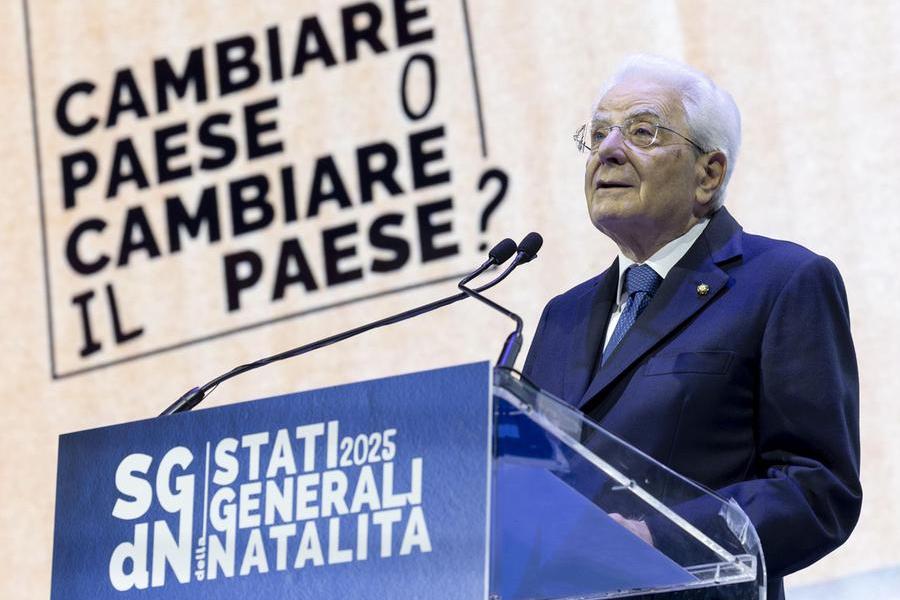The magic of Christmas will not change anything: the remuneration of your favorite savings accounts – Livret A, Livret d’épargne populaire (LEP) – will indeed fall again in 2026, after having already fallen to respectively 1.7% and 2.7% on August 1. This is the sad news that becomes clearer with the publication, Friday, November 28, of the provisional estimate of inflation for the month of November. According to INSEE, the price increase over one year remained at +0.9% in November, a figure identical to that of October. However, the level of inflation is decisive for calculating the rate of these booklets.
The calculation of the new Livret A rate – which will be made official in mid-January – is in fact based on a formula which integrates on the one hand the average inflation over the six months preceding its revision (between July and December here) and on the other hand the average of interbank rates observed over this same period. Taking into account known data from July to November 2025, the inflation average is around 0.93%. Interbank rates have been stable at around 1.93% since June. Thus, strict application of the formula leads to a rate of 1.43%. Which means that the remuneration of Livret A would drop from 1.7% to 1.5%, rounded up to the nearest ten. The rate of the Sustainable and Solidarity Development Booklet (LDDS), still identical to that of the Booklet A, would decrease in the same proportions.
A popular savings account earning less than 1%?
For the nearly 11 million LEP holders, the potion could be even more bitter, since the remuneration of this booklet reserved for low-income households is strictly equal to the average inflation. Also, rounded up to the nearest tenth of a point, the strict theoretical rate of the LEP would fall to only 1% on February 1. Fortunately for its holders, the LEP benefits from two regulatory safeguards. First, the law requires that its rate be systematically at least 0.5 points higher than that of the Livret A. Thus, if the latter exceeded 1.5%, the floor rate of the LEP would be 2%. Secondly, under the advice of the Bank of France, the Minister of the Economy and Finance could again deviate from the calculation rule, to give an additional boost to the LEP rate, as during the last four half-yearly revisions.









